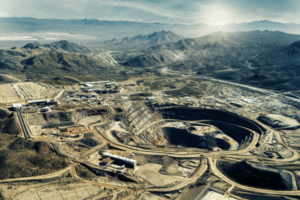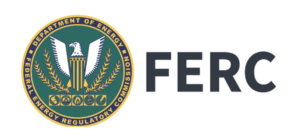Is ML the new DR?

Google announced agreements with a couple of utilities around making some of their data center loads more flexible. My former colleague Tyler Norris is my go-to source of information on this subject and recently wrote about this, highlighting their first of a kind nature and their structure as defined, time-bound contracts (worth a read you’re interested in digging in further)
Demand response has long been an underutilized asset, and it is interesting and surprising to me that data centers are where it might really be implemented at a large and impactful scale.
One issue with demand aggregation on the consumer side is that people don’t always respond to it (they might not actually want their thermostat to change when their kitchen is hot), and that their loads are small, so you have to aggregate a lot of them to make it worth your while. For data centers, this is not really the case – for some, it is not going to make sense for them to operate flexibly economically (forgoing dollars to save pennies) but for others, it could be a way to shift very significant amounts of load if they have the tools and agreements in place to do so (especially if it’s a condition of being able to build your data center). This work Google is doing it laying the groundwork to actually figure out how to do it and contract around it, and is likely to turn into a recipe that others use in the future (similar to how the largest tech companies pioneered virtual PPAs for renewables purchases, and then this structure spread more broadly).
 Photo Credit: Business Wire
Photo Credit: Business Wire
The New Hot Climate Tech Investor is… the Department of Defense?
Rare earth mining company MP materials announced a public-private partnership with the Defense Department where the government is investing $400 million into the company, in exchange for a 10-year offtake agreement for neodymium (with a price floor for the product). It is a sign of how serious the Federal government is, of securing a supply chain for rare earth magnet materials (which have applications for power as well as the defense industry). While this specific structure is unique, it follows trend – across the political spectrum there is a lot of attention to reshoring the supply chain for these critical materials. Principally, this is for national security reasons (because the supply is dominated or sometimes exclusively provided by China) as well as economic factors. This deal also includes a loan for expanding a processing facility, which is a pinch point right now – while many of these materials can be mined in multiple locations, they all go to China for processing.
Commence a Sigh of Relief
Following bill passage in July, the Treasury department shared guidance on renewable energy tax credits on what it means to “commence construction.” If this sounds super in the weeds, it is, but is critical to understanding how many renewables projects can still qualify for the tax credits being wound down. The vibe from industry appear to be “it could have been worse.” Some conservative OBBBA holdouts were pushing for an even more aggressive approach, so strange as it sounds, folks were generally relieved and clean energy stocks saw gains following this announcement.
FERC Yes!

Trump nominated David Rosner to be the next chair of the Federal Energy Regulatory Commission (FERC). I think this is a very positive sign – Rosner is a centrist Democrat who was already a commissioner, who has been focused on some important grid challenge areas like managing demand from data centers and increasing efficiency and automation in engineering studies for grid interconnection. I think this is someone who could plausibly have been nominated to be FERC chair by either a Democrat or a Republican.
Four Electric Vehicle Blurbs
- Chargepoint announced a collaboration with Eaton to develop DC microgrids specifically for EV charging that would enable higher power and more cost effective approaches (by being able to take advantage of on site solar and batteries with fewer conversion losses, and by arbitraging grid pricing). This could also (theoretically) support charging at up to 3MW, which is 10 times what most vehicles top out at today.
- In Europe, sales for BYD are way up while Tesla sales are way down.
- A major Federal electric vehicle charging infrastructure grant funding program from the Bipartisan Infrastructure Law is back open after litigation.
- Ford announced a new production approach for their EV vehicles platform to help make their vehicles more affordable (hat tip Reilly Brennan’s FoT).
Other News
The Tuscon City Council rejected a data center that would provide significant tax revenue and employment after significant public backpack around water use (hat tip Burnt Island Ventures). Utility scale renewable projects and data centers don’t seem to have a lot in common on the surface, but they are both rapidly growing segments, all over the country, with significant investment from large tech companies, and already face challenges related to grid congestion; now there is growing local public pressure against building these projects in their communities (although they are not necessarily against them in general).
The Department of Energy announced selections for a new advanced nuclear reactor pilot program.
Ohio has had a long running utility corruption scandal we have previously discussed, but there’s some good news! The legislature is finally taking action to get rid of the coal subsidies that were enacted as part of the corruption scheme that led to multiple convictions (including of the Ohio Speaker of the House, who is now in jail).
Waymo is venturing into cold climate testing in the Northeast US.